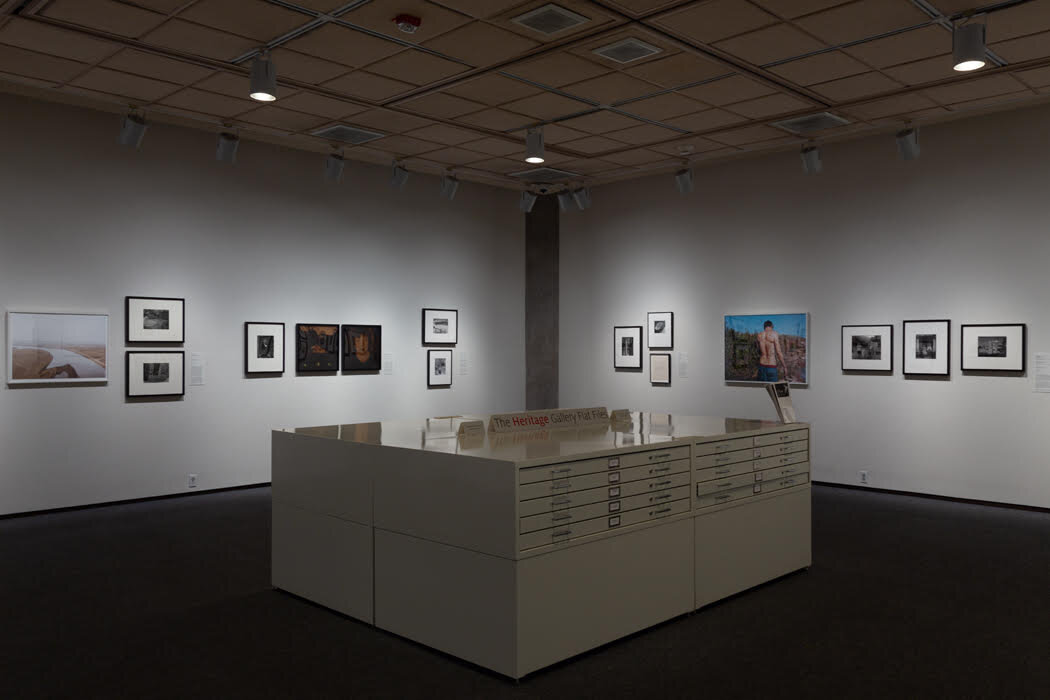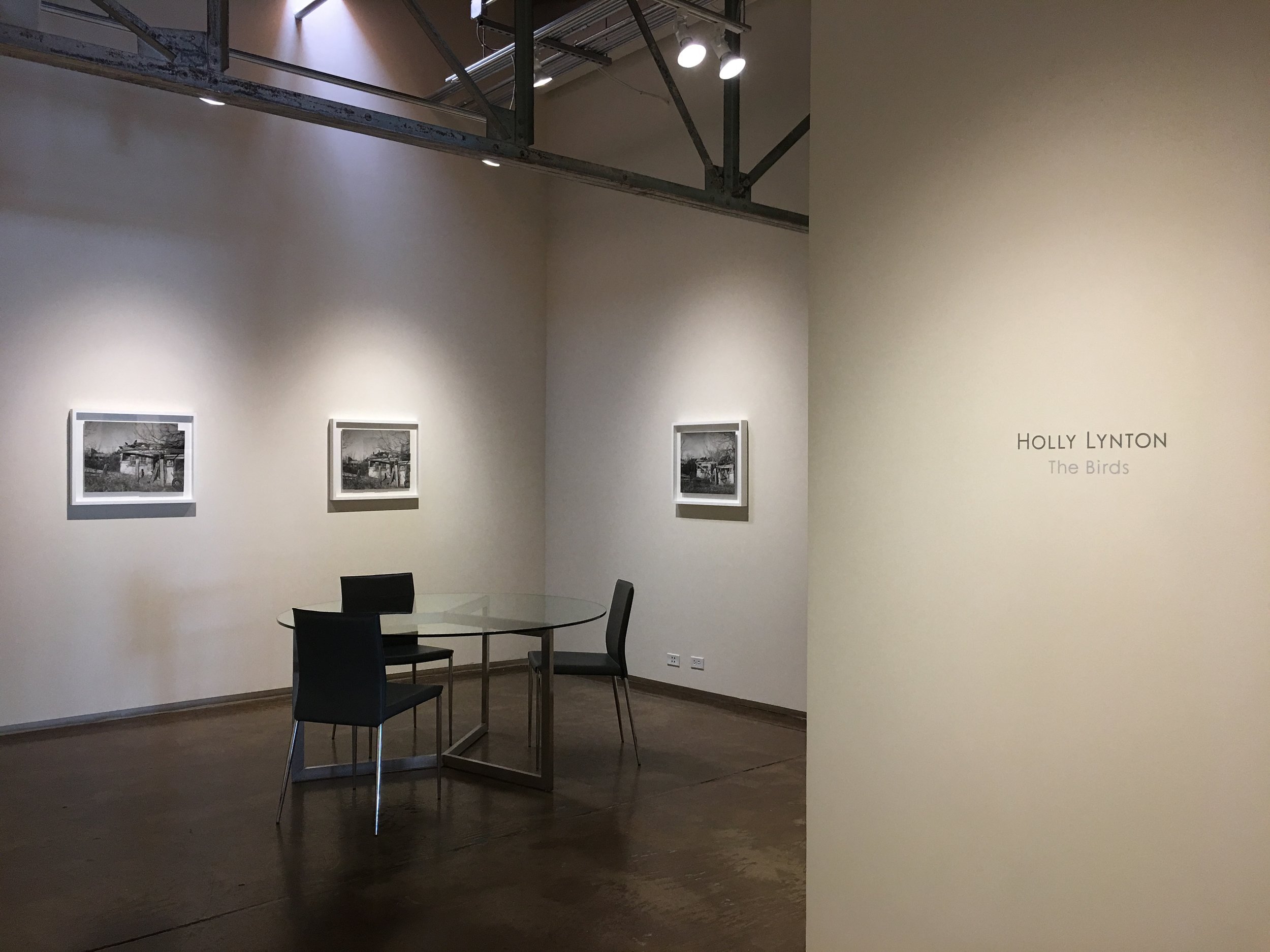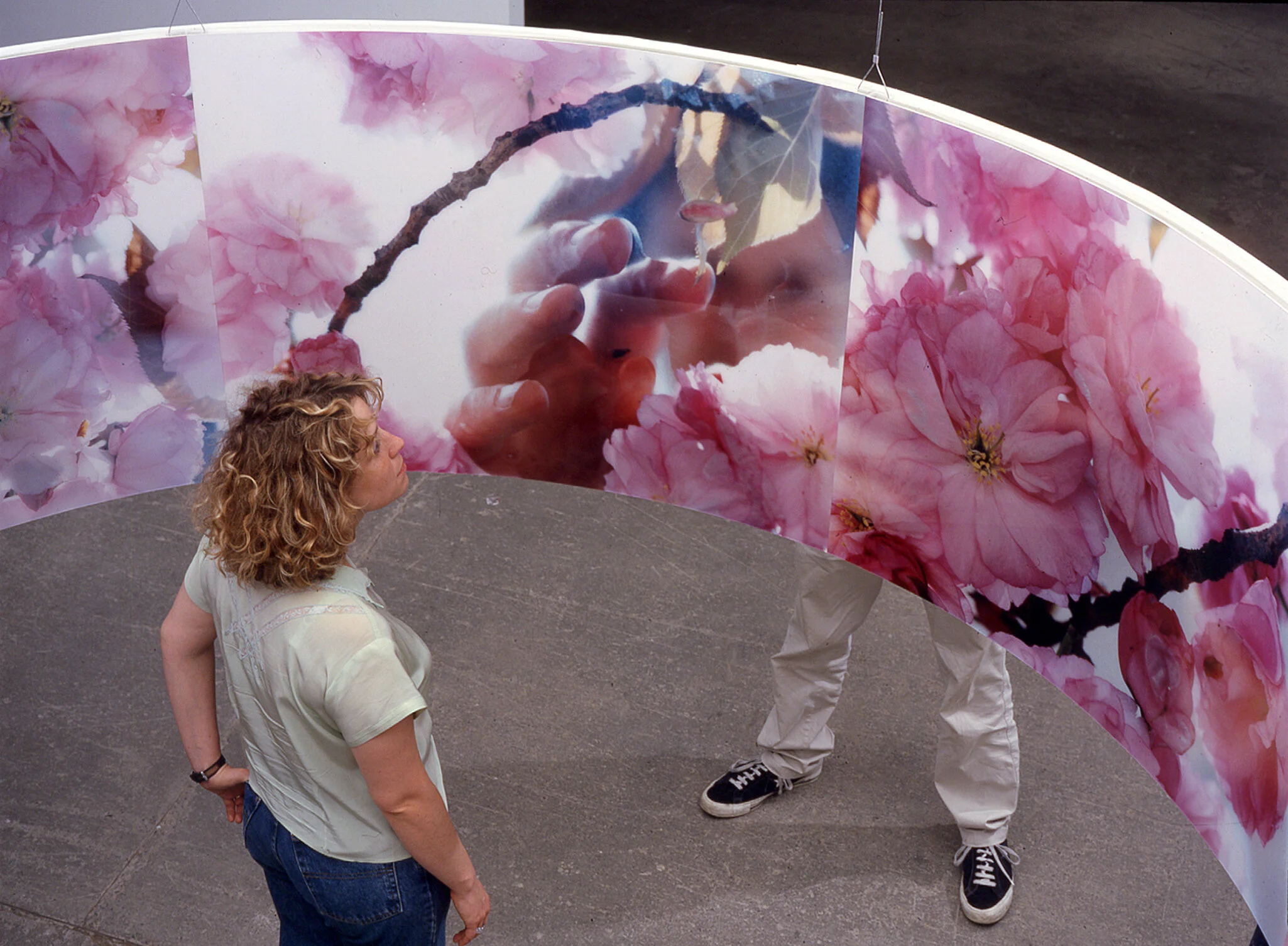Installations
2022 | On the Basis of Art: 150 Years of Women at Yale, Yale University Art Gallery, New Haven, CT.
This exhibition showcases and celebrates the remarkable achievements of an impressive roster of women artists who have graduated from Yale University. Presented on the occasion of two major milestones – the 50th anniversary of coeducation at Yale College and the 150th anniversary of the first women students at the University, who came to study at the Yale School of the Fine Arts when it opened in 1869 – the exhibition features works drawn entirely from the collection of the Yale University Art Gallery that span a variety of media, such as paintings, sculpture, drawings, prints, photography, and video.
The title of the exhibition references the phrase used in the landmark 1972 U.S. federal law Title IX – which declared that no one could be discriminated against “on the basis of sex” in any education program receiving federal financial assistance – which forced the School of Art to hire full-time female faculty beginning that year. Amid the rise of feminist movements – from women’s suffrage at the turn of the 20th century, to the ERA movement of the mid-20th century, to the #MeToo movement of today – this exhibition asserts the crucial role that women have played in pushing creative boundaries at Yale, and in the art world at large.
2019 | Leaves of Grass, Center for Creative Photography, University of Arizona, Tucson, AZ.
"In organizing the exhibition Edward Weston’s Leaves of Grass Holly Lynton’s image, Stephen, Mayflies, Oklahoma, 2009, leapt out at me for its many resonances with work made by Weston in the American South. Constructed around pairings of work by Edward Weston and recent acquisitions from the Center’s collection (Lynton’s work came into the collection in 2018) the show intended to create dialogues between images from Weston’s Leaves of Grass project and the work of contemporary photographers.
Set in the rural American South, Lynton’s image lent itself naturally to dialogue with two images of Weston’s made during his time in Texas in the company of famed folklorist J. Frank Dobie. Without relying on common tropes of rurality or the American South, as Weston did, Lynton’s image transports the viewer to that context as effectively as Weston’s own. The harsh light, swarming mayflies, and glistening back of the image’s central figure evoke a visceral sensation of being in the scene, conjuring a uniquely tangible experience of the American South.”
– Adam Monohon, curator



![FullSizeRender[1].jpg](https://images.squarespace-cdn.com/content/v1/54a039a8e4b0d1a214af7197/1524163371653-H02413HD6LAKNOQC4IRF/FullSizeRender%5B1%5D.jpg)
![The_Birds_I[1].jpg](https://images.squarespace-cdn.com/content/v1/54a039a8e4b0d1a214af7197/1524161788850-X8LOD64UF1SRW6AZ8H0Z/The_Birds_I%5B1%5D.jpg)
![The_Birds_II[1].jpg](https://images.squarespace-cdn.com/content/v1/54a039a8e4b0d1a214af7197/1524162528566-QNKNR9DONAI6AT7MVBQE/The_Birds_II%5B1%5D.jpg)
![The_Birds_IV[1].jpg](https://images.squarespace-cdn.com/content/v1/54a039a8e4b0d1a214af7197/1524162547535-382AR6RHKTKBNXBCW8QZ/The_Birds_IV%5B1%5D.jpg)
![The_Birds_VII[1].jpg](https://images.squarespace-cdn.com/content/v1/54a039a8e4b0d1a214af7197/1524162556665-SRNOL30YDJQE3ULL1ACL/The_Birds_VII%5B1%5D.jpg)
![IMG_1251[1].jpg](https://images.squarespace-cdn.com/content/v1/54a039a8e4b0d1a214af7197/1524162884930-CJ9UQPHUD2QQQFU2EA0L/IMG_1251%5B1%5D.jpg)
![IMG_1247[1].jpg](https://images.squarespace-cdn.com/content/v1/54a039a8e4b0d1a214af7197/1524162993649-YLNJBM7FQSU6VW0YBIUK/IMG_1247%5B1%5D.jpg)
![IMG_1248[1].jpg](https://images.squarespace-cdn.com/content/v1/54a039a8e4b0d1a214af7197/1524163002562-WJ4709LU4038X3F712F4/IMG_1248%5B1%5D.jpg)
![IMG_1249[1].jpg](https://images.squarespace-cdn.com/content/v1/54a039a8e4b0d1a214af7197/1524163021427-S7IFQZWO33RYZB7QTGR5/IMG_1249%5B1%5D.jpg)
![IMG_1266[1].jpg](https://images.squarespace-cdn.com/content/v1/54a039a8e4b0d1a214af7197/1524163265723-IJECDAGIO19FN6K6OCGY/IMG_1266%5B1%5D.jpg)
![IMG_1255[1].jpg](https://images.squarespace-cdn.com/content/v1/54a039a8e4b0d1a214af7197/1524163204687-CO611HKYJA6Q6WFK8PJA/IMG_1255%5B1%5D.jpg)
![01[1].jpg](https://images.squarespace-cdn.com/content/v1/54a039a8e4b0d1a214af7197/1524160005361-QT4FAIKP2KJCN7MZVTMA/01%5B1%5D.jpg)
![07[1].jpg](https://images.squarespace-cdn.com/content/v1/54a039a8e4b0d1a214af7197/1524160265554-PU0N3S9XH6EATRK2VJT5/07%5B1%5D.jpg)
![06[1].jpg](https://images.squarespace-cdn.com/content/v1/54a039a8e4b0d1a214af7197/1524160249375-05KDJQYASPFZ4MJ4NR3F/06%5B1%5D.jpg)
![Dina_Mitrani_installation[1].jpg](https://images.squarespace-cdn.com/content/v1/54a039a8e4b0d1a214af7197/1524160355366-H8CDAC96W8Y4GMRPC0TE/Dina_Mitrani_installation%5B1%5D.jpg)
![IMG_4856[1].jpg](https://images.squarespace-cdn.com/content/v1/54a039a8e4b0d1a214af7197/1524161093434-R8FZRPIHXI5WCAJUSSQC/IMG_4856%5B1%5D.jpg)
![IMG_4860[1].jpg](https://images.squarespace-cdn.com/content/v1/54a039a8e4b0d1a214af7197/1524160961279-T8GWOC2KUHO9W6F9P9BF/IMG_4860%5B1%5D.jpg)
![Dina_Mitrani_installation2[1].jpg](https://images.squarespace-cdn.com/content/v1/54a039a8e4b0d1a214af7197/1524160443676-QTC4FXVIWCO0Z3IRGY93/Dina_Mitrani_installation2%5B1%5D.jpg)
![FullSizeRender[1].jpg](https://images.squarespace-cdn.com/content/v1/54a039a8e4b0d1a214af7197/1524160611396-5GY1IWGT212TBTN6PBO7/FullSizeRender%5B1%5D.jpg)
![IMG_4848[1].jpg](https://images.squarespace-cdn.com/content/v1/54a039a8e4b0d1a214af7197/1524160906440-IJFNCTTRR4E7BKPO4Y34/IMG_4848%5B1%5D.jpg)








